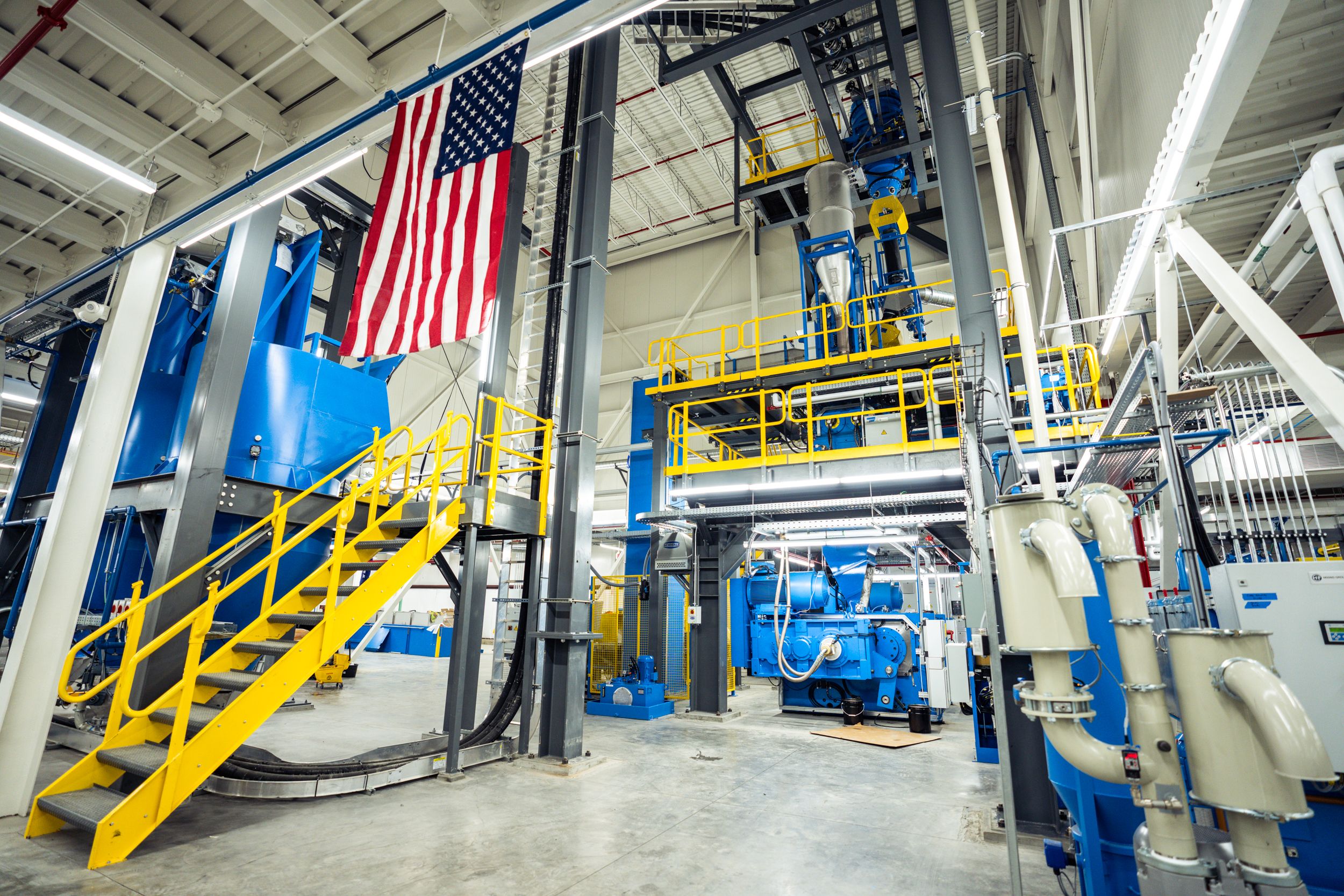
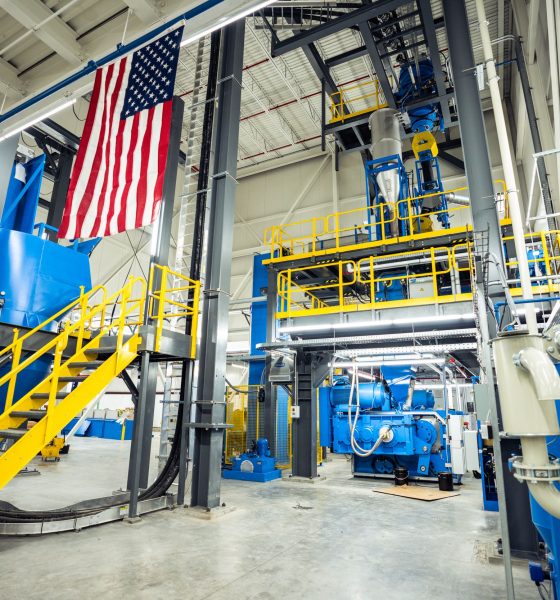
Equipment
The Callaway ball plant: A legacy rooted in innovation
A little over two years ago, I had the opportunity to visit the Callaway golf ball plant in Chicopee, Massachusetts (GolfWRX behind the scenes at the Callaway ball plant). It gave me the chance to take a deep dive into the history of not just the physical structure that is the plant but a look into the people and the machines that work to produce Callaway’s tour line of golf balls.
The one thing that stood out during that visit beyond the massive scale of the operation was the people and the pride they have in producing something in the United States for golfers to enjoy.
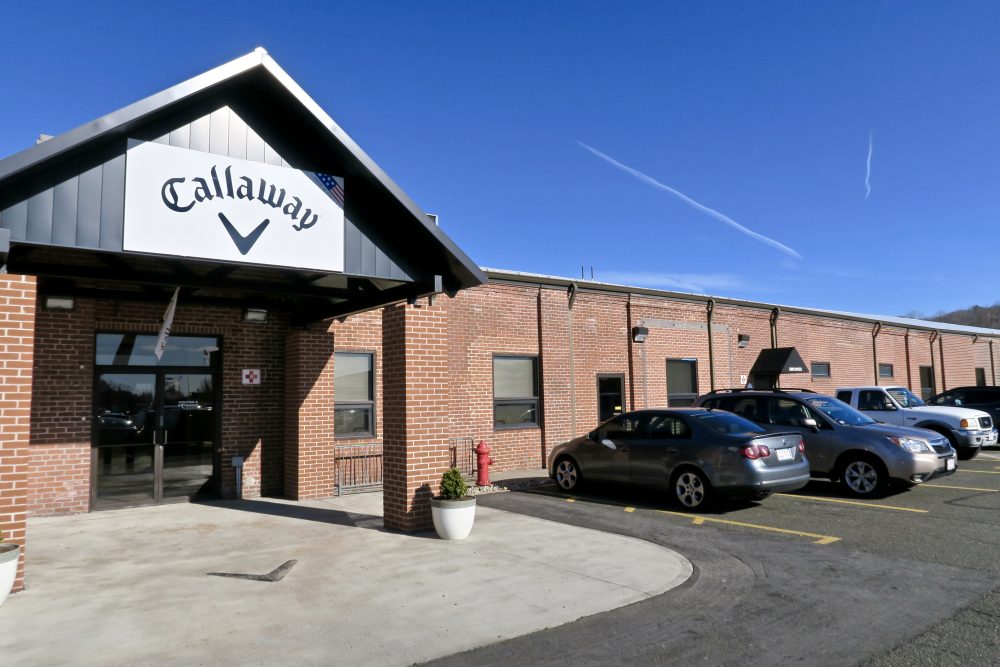
Chicopee & Spalding Manufacturing History
The ball plant and surrounding area where it is located is rich in manufacturing history dating back to the American revolutionary war, and the facade of the historical red brick building in Chicopee has remained mostly unchanged since it was the original Spalding manufacturing plant dating all the way back to the late 1800s. It was during this time in history when the plant produced baseballs, gloves, footballs, basketballs, tennis rackets, persimmon woods, irons—and of course golf balls, starting in 1896.
A lot of innovations relating to various sports have occurred inside of these walls and the funny thing is, Callaway’s marketing slogan for Chrome Soft— “The ball that changed the ball” could apply to a multitude of sports including:
- Baseball – since Spalding developed the first Major League ball to become the official baseball of the National League in 1876.
- Football – with Spalding creating the first American football with a material and workmanship guarantee in 1887.
- Basketball – since Dr. James Naismith (Canadian—just wanted to get that in there—Go Raptors!) had the Spalding company develop the official basketball in 1894.
It is now 2020, and in the same building where all of these sporting innovations have taken place, an innovation of a new kind is underway because the ball plant has undergone multiple renovations and upgrades since 2018. Callaway has invested over $50 million in capital upgrades in order to increase quality control—and the ability to manufacture the newest Chrome Soft and Chrome Soft X balls to the highest level.
Investment in innovation
Although the plant has always operated to the highest possible level of quality control when it comes to balls, Callaway has admitted that, before 2018, there were some small holes in the production process that prevented them from reaching their potential as far as production standards go. The biggest consistency issues revolved around polymer compound mixing and the centeredness of the cores in dual-core golf balls. These weren’t wide-sweeping issues but they were enough of a problem, Callaway knew they needed to be addressed as quickly as possible, especially if they wanted to continue to innovate in the competitive golf ball market.
In an effort to not just be equal to the competition but to surpass them, the initial investment was in state-of-the-art machines that could take and process 3D X-Ray to measure ball construction and the core centeredness of every single ball. It is during this automated process, that if any ball shows an issue, then it is removed from the final stages of production and will never find its way into a golfer’s bag.
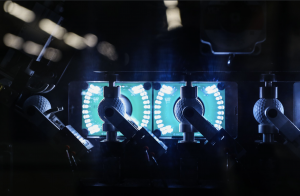
The biggest investment though came in the form of an all-new synthetic polymer mixer allowing Callaway engineers and plant staff to monitor parts of the process with a level of precision that they never could before. Now, if it wasn’t obvious by the pictures, this is not the type of machine that you can just pick up at a local “golf ball plant supply store”— these types of mixers are multiple stories high and offer the same type of precision you would find in the medical industry.
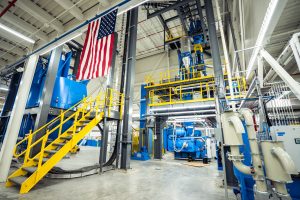
When it comes to the unassuming red brick building, it’s what’s inside that counts. And speaking of “inside,” Callaway engineers are now able to precisely control all of the compounds that go into producing golf ball cores. With the state-of-the-art mixer now in place on the factory floor, from the very start of production through to the final packaging, every Callaway ball is manufactured to the highest level of quality available in the industry.
The state of the art mixer now in place on the factory floor means that from the very start of production through to the final packaging, every Callaway ball is manufactured to the highest level of quality available in the industry.
Technology on the inside and outside
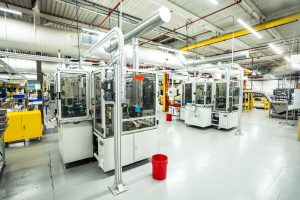
The other part of the plant that continues to see large investments is the Truvis and Triple Track printing area. As we touched on in the original piece, what was perceived by many to at first be a bit of a gimmick, including some of Callaway’s own employees, has proven to be an absolute slam dunk. The pentagon pattern provides a tangible benefit by creating an optical illusion that makes the ball look bigger and also gives visual feedback for short game shots and putting. If you haven’t tried chipping around a green with a Truvis ball, I highly suggest it—you can actually see how much difference in spin you create hitting various shots.
What started as a toe-dip with one machine has turned into an area of the plant with more than a dozen, with Callaway also producing Truvis balls with custom colors and logos.
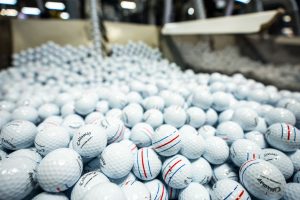
What followed Truvis was the development of Callaway Triple Track, which is three high-resolution parallel lines printed onto the golf ball to help with alignment. It would not have been possible to print this alignment tool without the machines that were developed to precisely print the Truvis patterns. Triple Track has been so popular and effective for golfers that this year, Callaway even introduced the alignment tool onto a number of their Stroke Lab putter models.
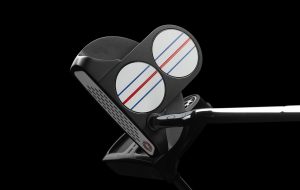
Odyssey Stroke Lab 2-Ball with Triple Track
If history is any indication, this investment will continue to push golf ball innovation for Callaway, as well as continue to build on the strong legacy of proud American manufacturing in Chicopee, Massachusetts. To take an inside look inside of the newly renovated plant, as well as get a deeper understanding of the history and the people behind Callaway golf balls, check out their mini-documentary below.
The Ball that Changed a Town
- LIKE126
- LEGIT14
- WOW9
- LOL2
- IDHT0
- FLOP1
- OB1
- SHANK17
Whats in the Bag
Matthieu Pavon WITB 2024 (May)
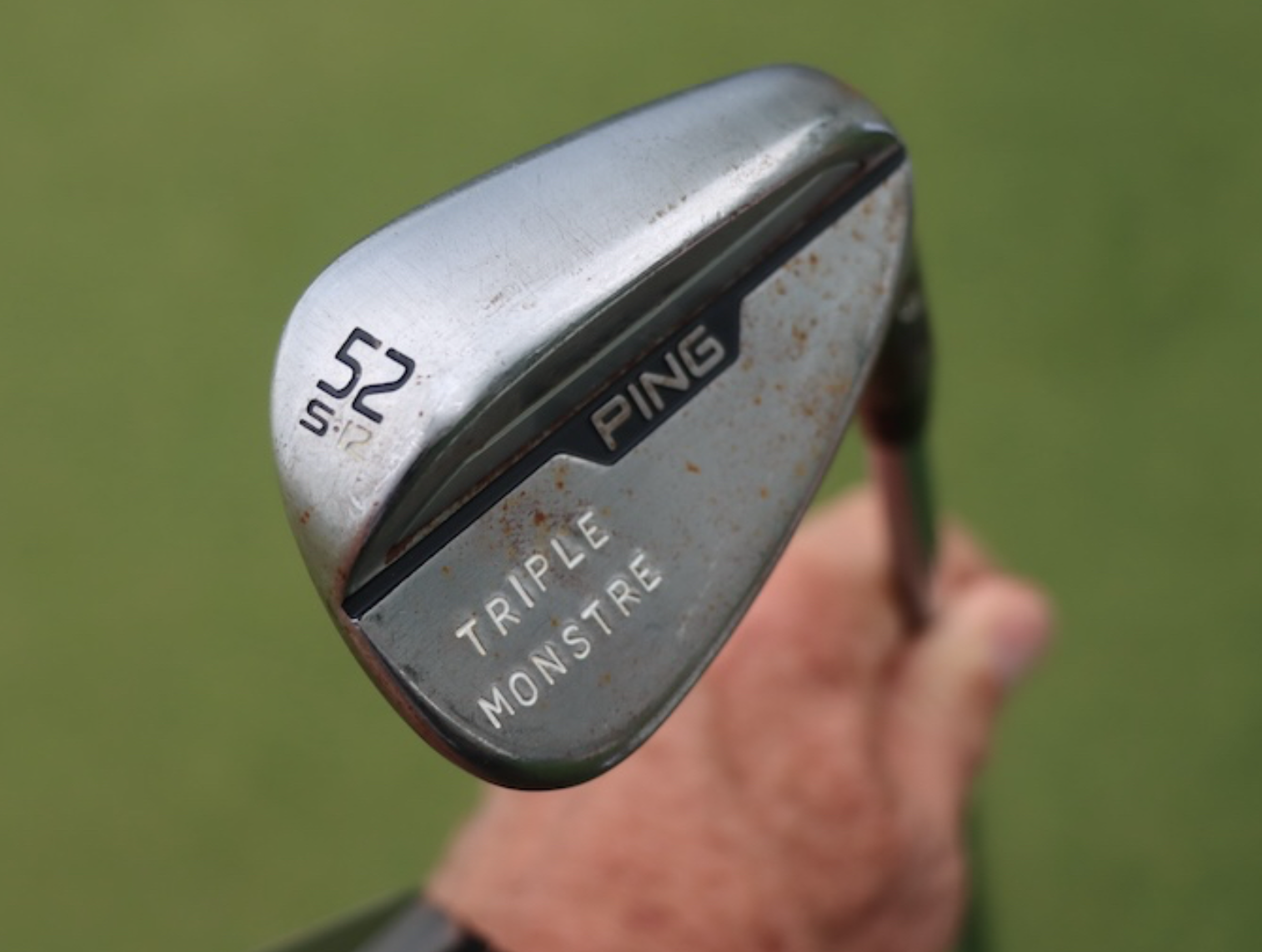
- Pavon’s WITB accurate as of the Wells Fargo Championship. More photos from the event here.
Driver: Ping G430 Max (9 degrees)
Shaft: Fujikura Ventus TR Black 6 X
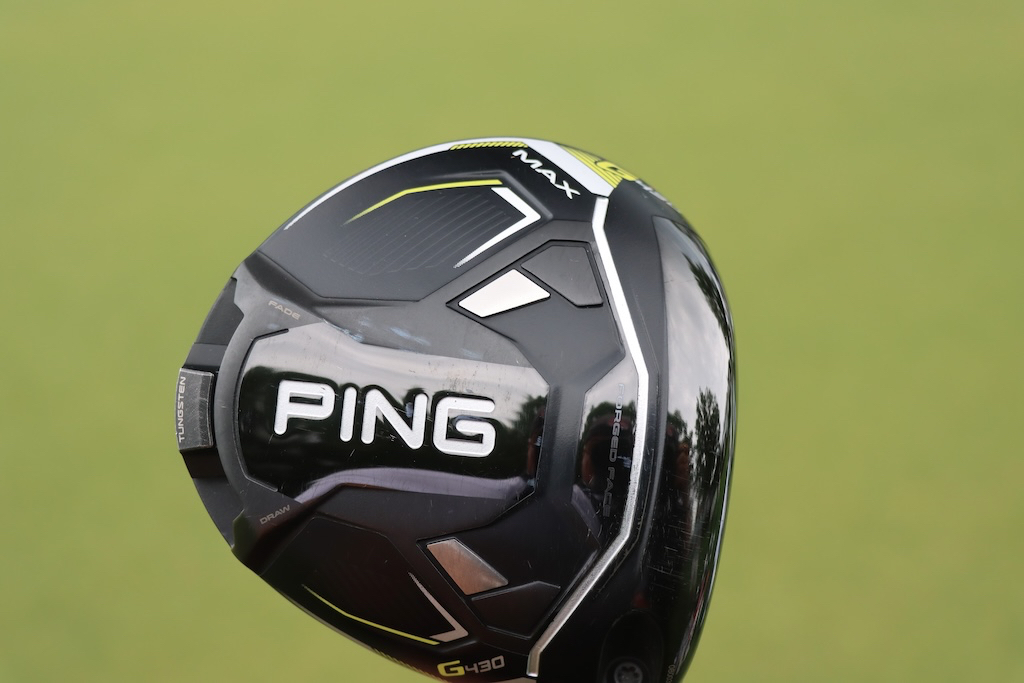
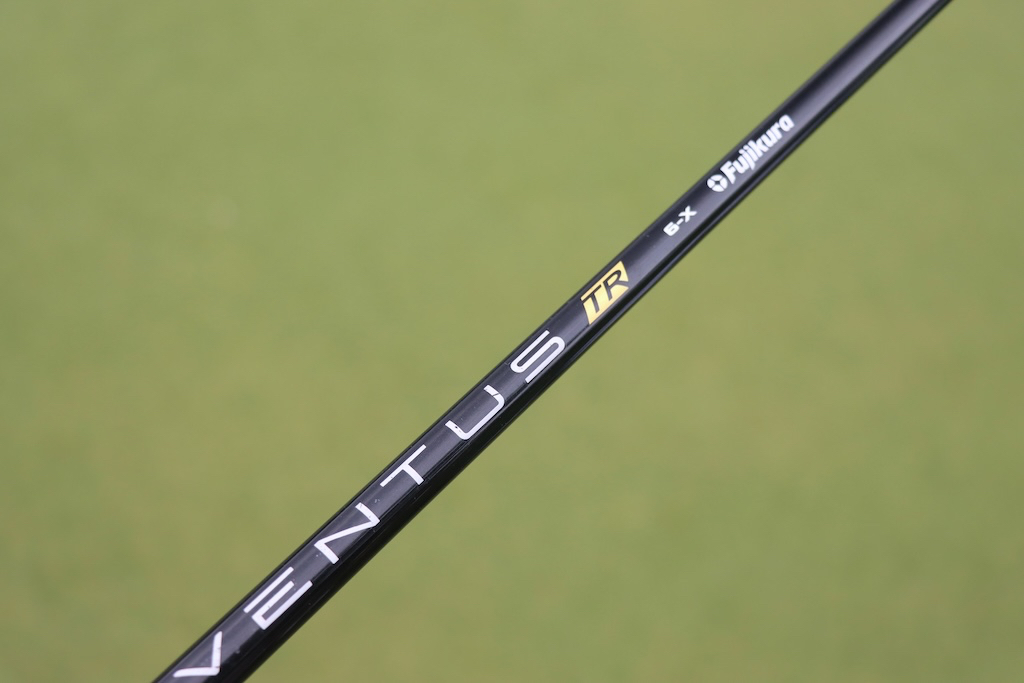
3-wood: Ping G430 LST (15 degrees)
Shaft: Fujikura Ventus TR Black 7 X
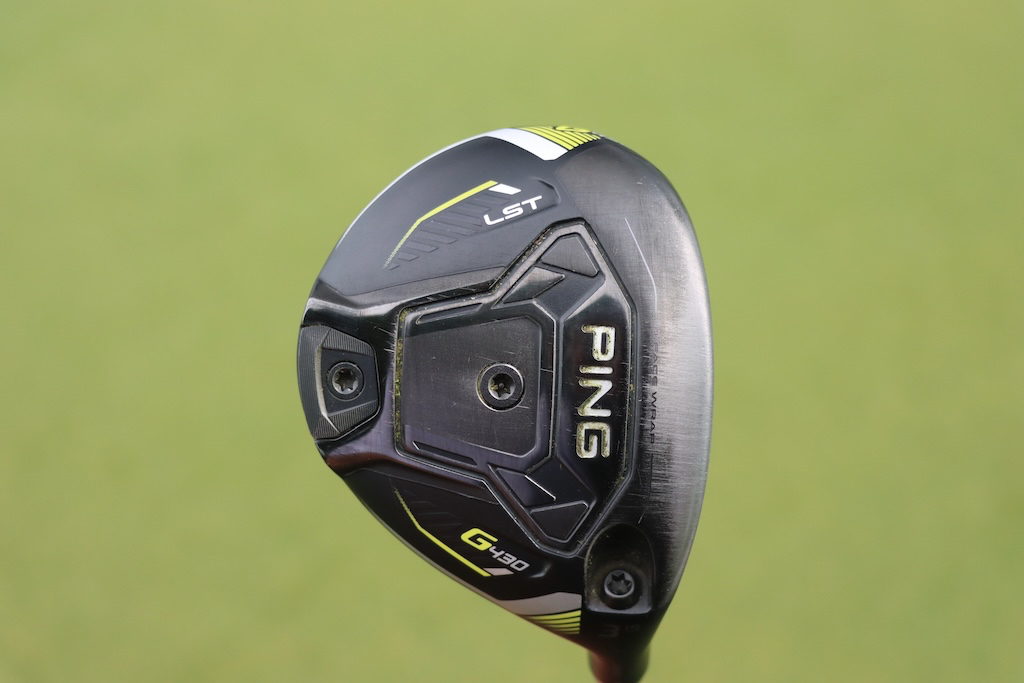
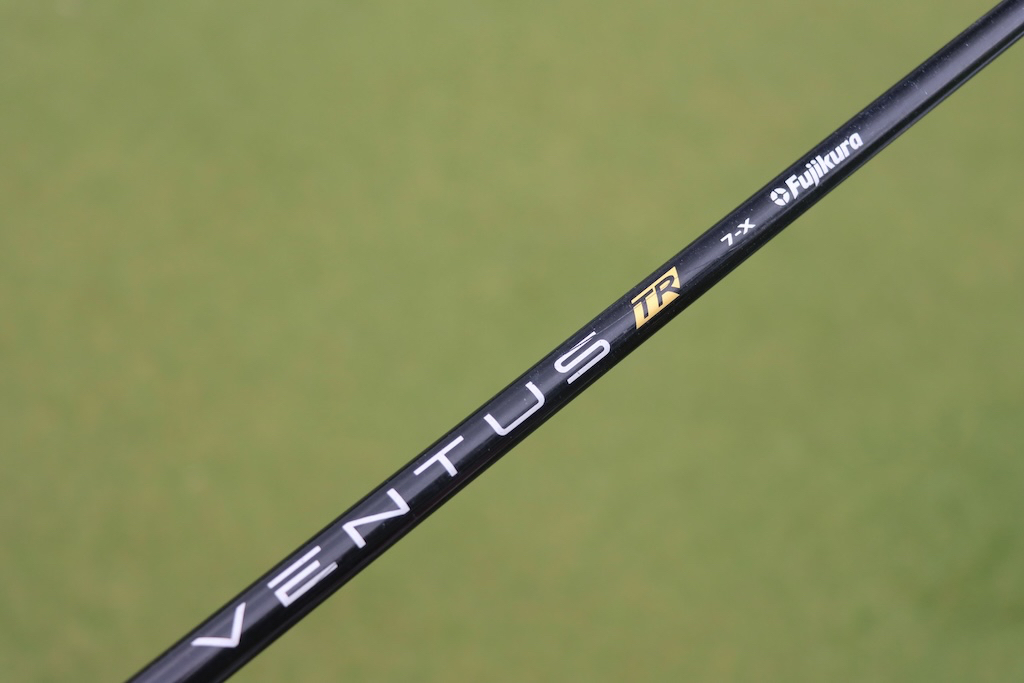
Hybrid: Ping G430 (19 degrees)
Shaft: Fujikura Ventus Black 10 X
Irons: Ping i230 (3-PW)
Shafts: Nippon Modus3 Tour 120 X
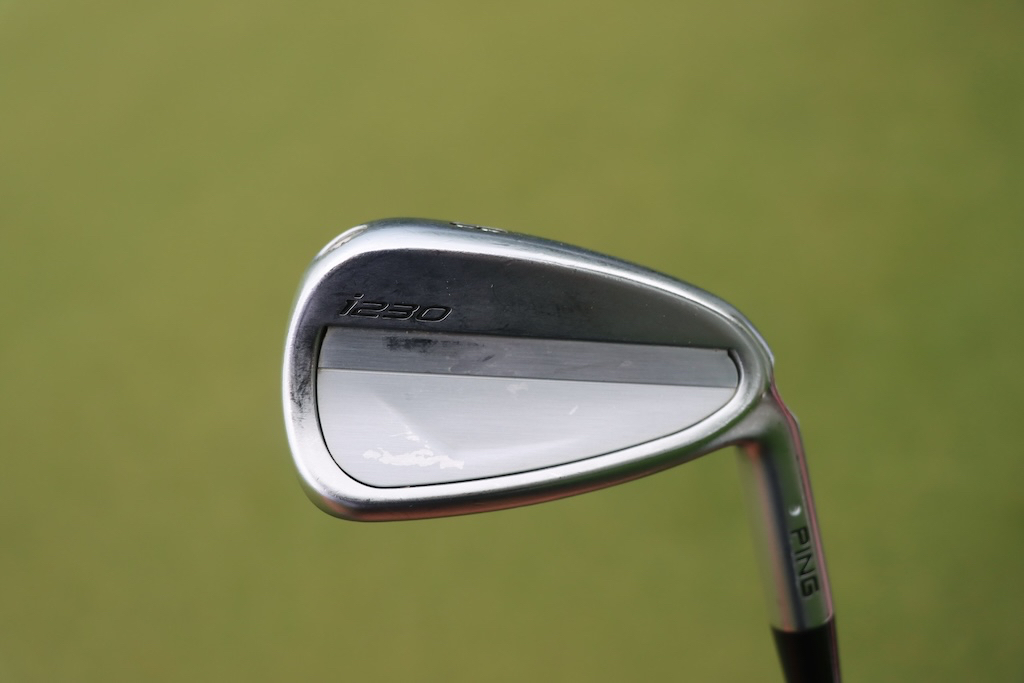
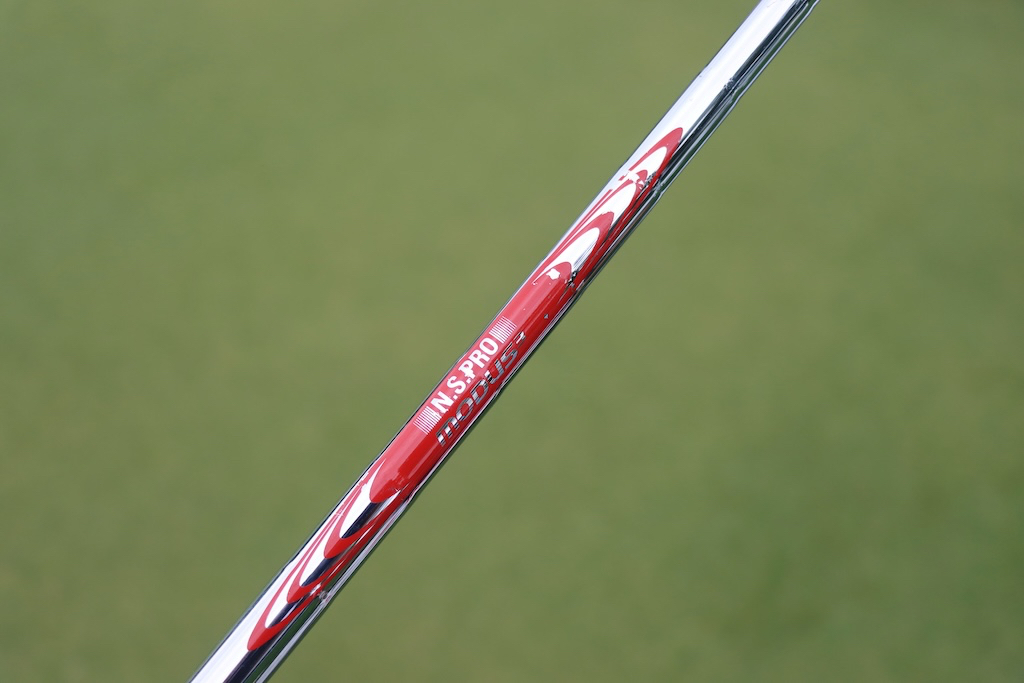
Wedges: Ping Si59 (52-12S, 58-8B)
Shafts: Nippon Modus3 Tour 120 X

Putter: Ping Cadence TR Tomcat C
Grip: SuperStroke Claw 1.0P
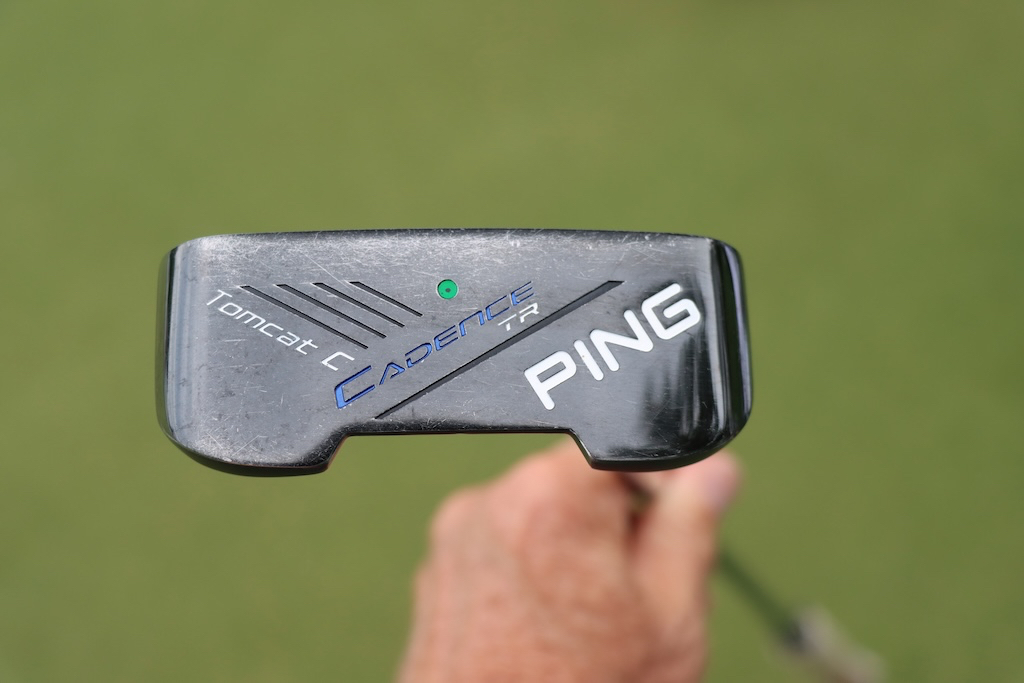
Grips: Golf Pride MCC Align
Ball: Titleist Pro V1
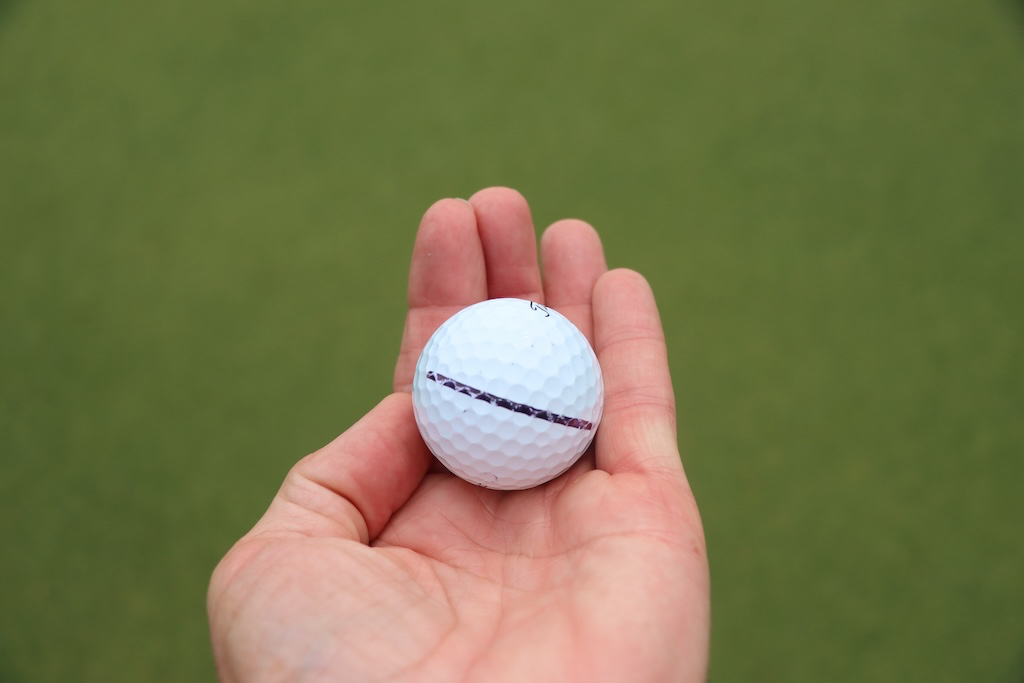
Check out more in-hand photos of Pavon’s gear here.
- LIKE0
- LEGIT0
- WOW0
- LOL0
- IDHT0
- FLOP0
- OB0
- SHANK0
Equipment
Spotted: Tommy Fleetwood’s TaylorMade Spider Tour X Prototype putter
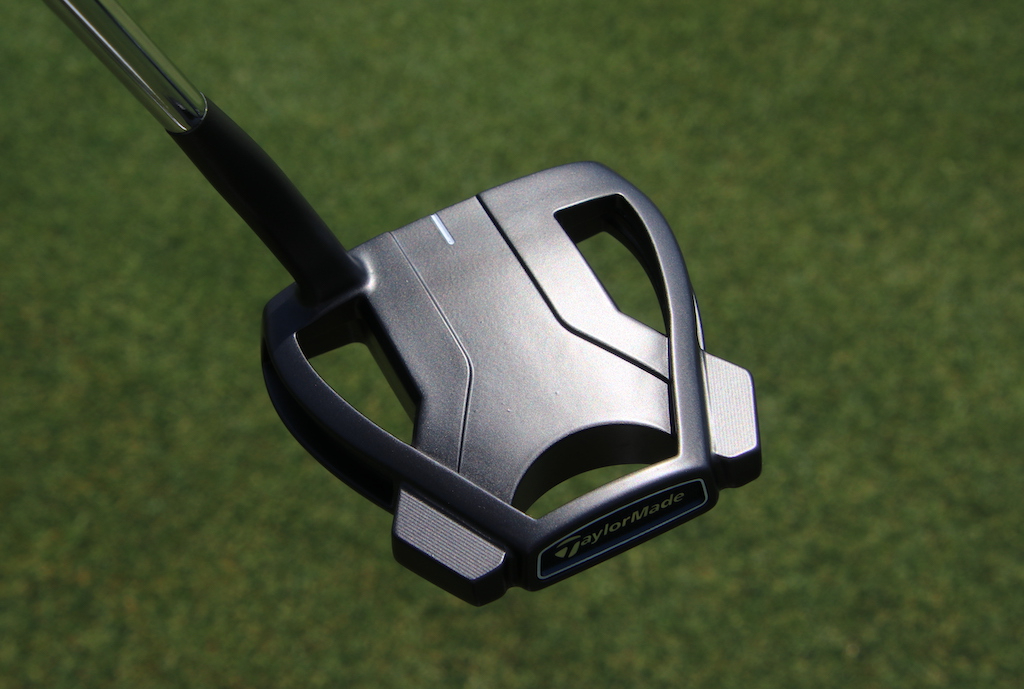
Tommy Fleetwood has been attached to his Odyssey White Hot Pro #3 putter for years now. However, this week at the Wells Fargo Championship, we did spot him testing a new putter that is very different, yet somewhat similar, to his current gamer.
This new putter is a TaylorMade Spider Tour X head but with a brand new neck we haven’t seen on a Spider before. A flow neck is attached to the Spider head and gives the putter about a 1/2 shaft offset. This style neck will usually increase the toe hang of the putter and we can guess it gets the putter close to his White Hot Pro #3.
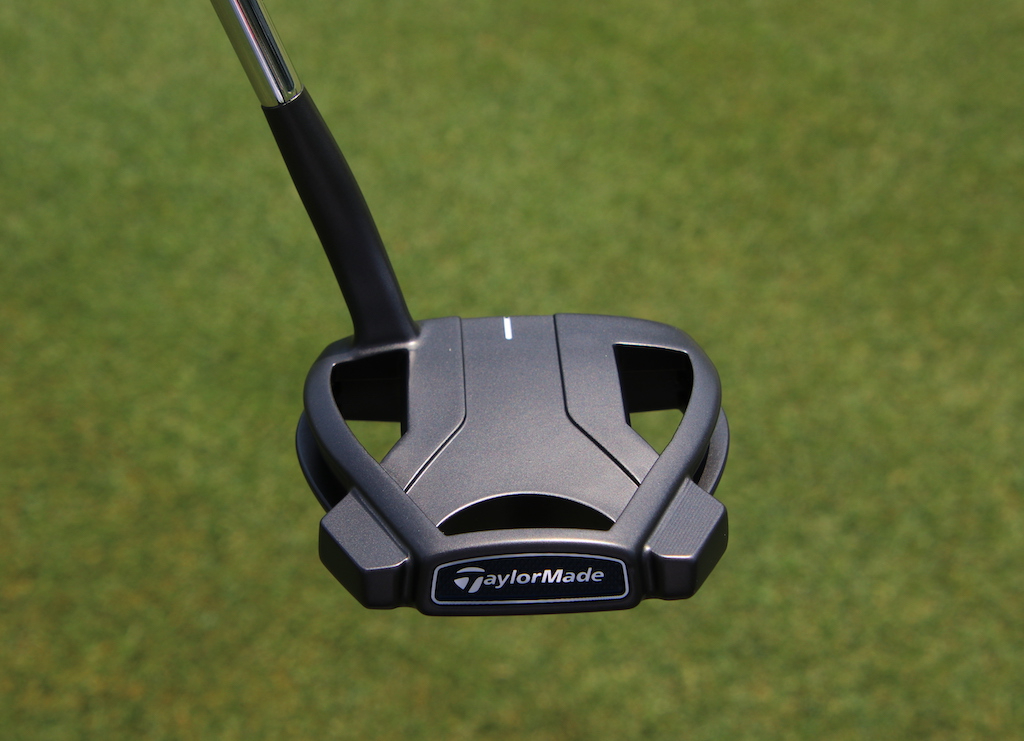
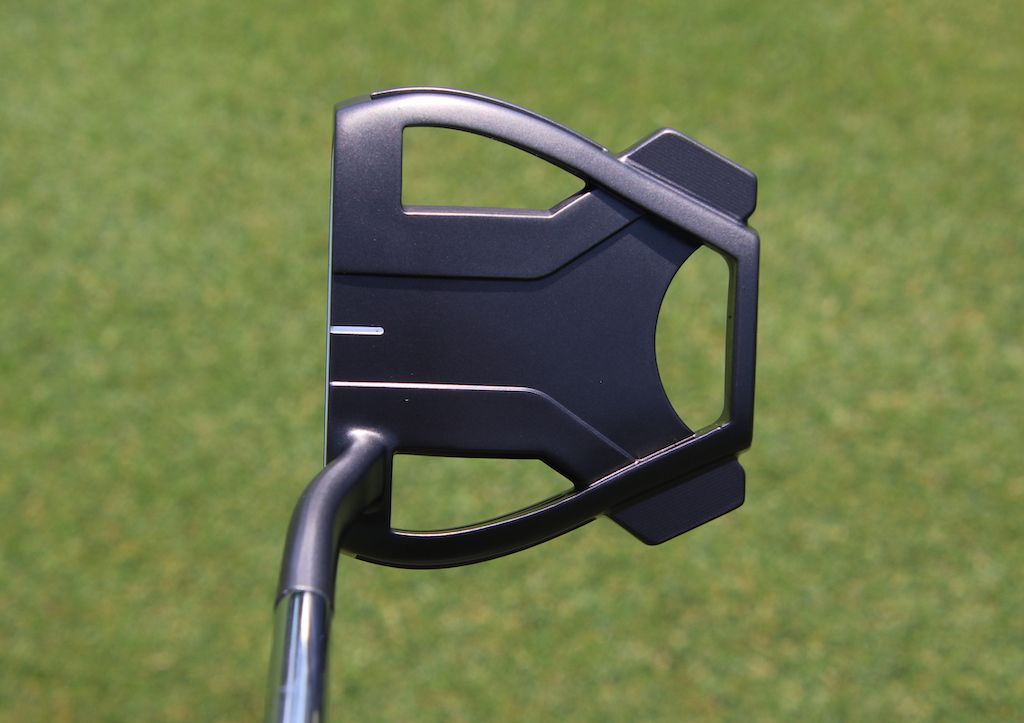
Another interesting design is that lack of TaylorMade’s True Path alignment on the top of the putter. Instead of the large white center stripe, Tommy’s Spider just has a very short white site line milled into it. As with his Odyssey, Tommy seems to be a fan of soft inserts and this Spider prototype looks to have the TPU Pure Roll insert with 45° grooves for immediate topspin and less hopping and skidding.
The sole is interesting as well in that the rear weights don’t look to be interchangeable and are recessed deep into the ports. This setup could be used to push the CG forward in the putter for a more blade-like feel during the stroke, like TaylorMade did with the Spider X Proto Scottie Scheffler tested out.
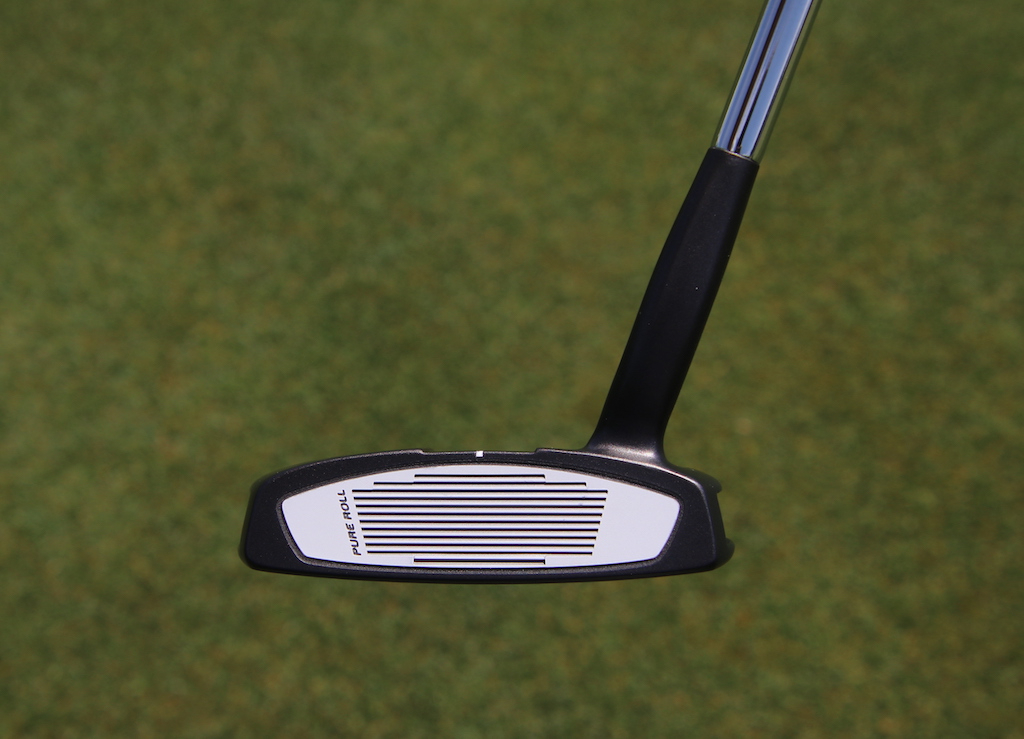
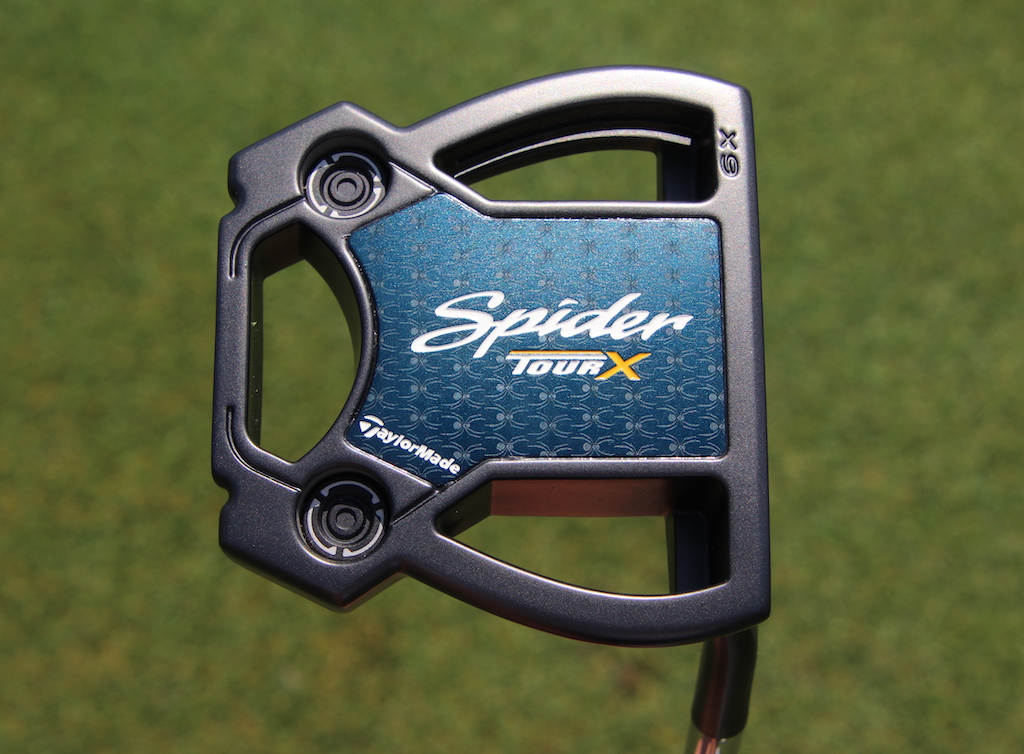
Tommy’s putter is finished off with an older Super Stroke Mid Slim 2.0 grip in blue and white. The Mid Slim was designed to fit in between the Ultra Slim 1.0 and the Slim 3.0 that was a popular grip on tour.
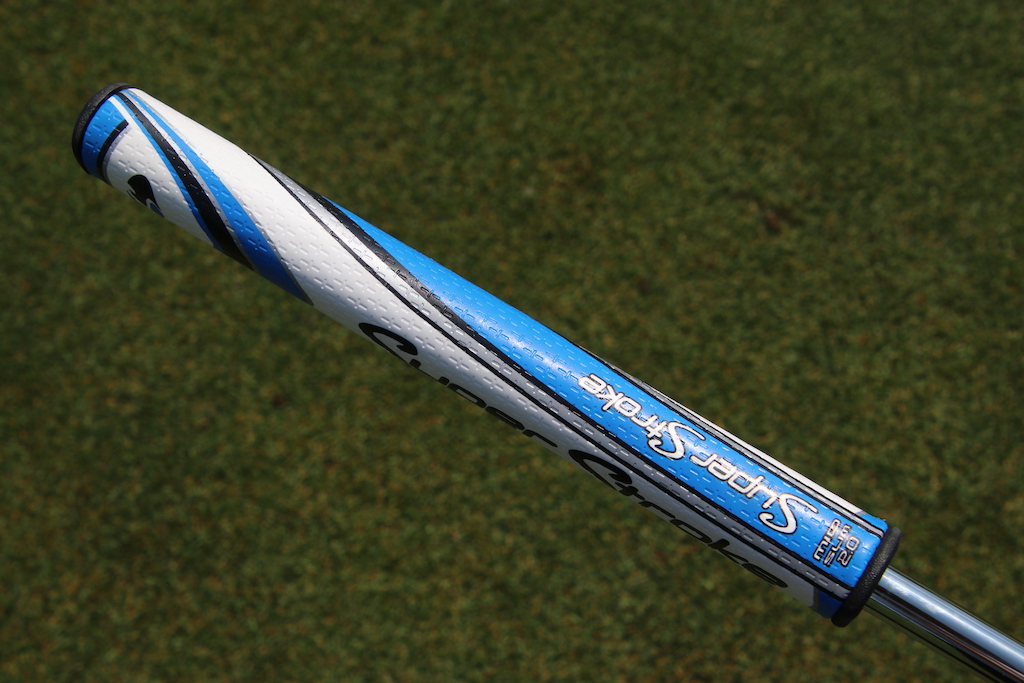
- Check out the rest of our photos from the 2024 Wells Fargo Championship
- LIKE6
- LEGIT2
- WOW2
- LOL1
- IDHT0
- FLOP0
- OB0
- SHANK0
Equipment
Club Junkie WITB, league night week 4: Some old, some new
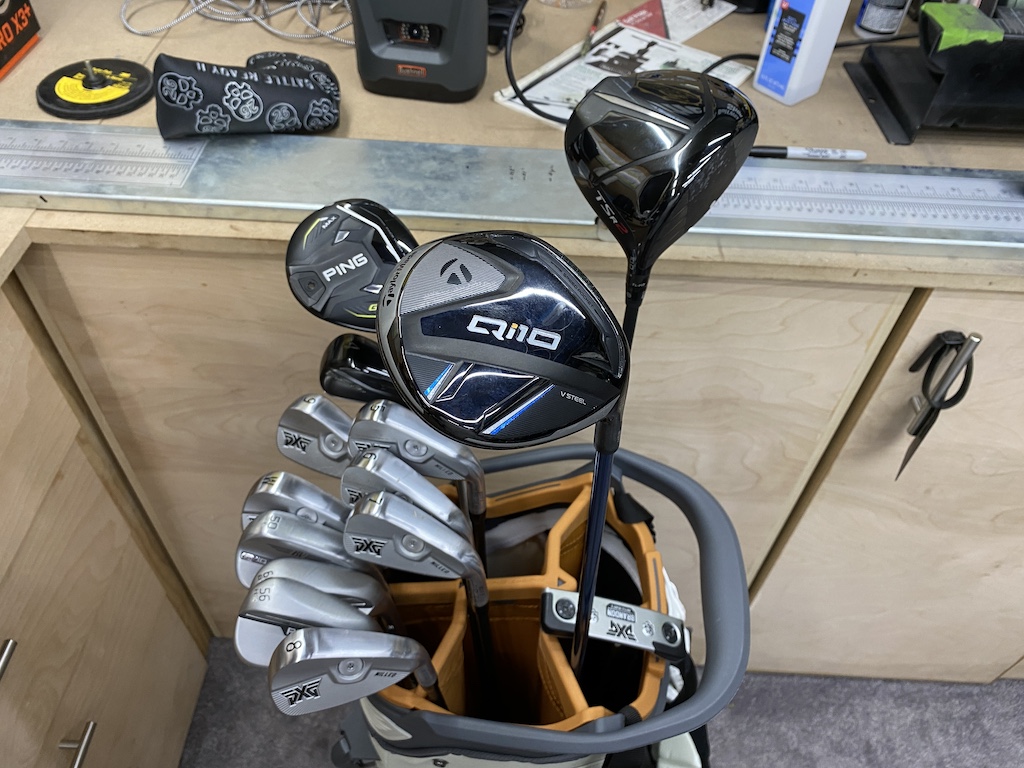
We enter week 4 of Thursday night men’s league feeling a little more confident in the game. BK is hoping to go a little lower and reduce the mistakes out there with these clubs in the bag. Watch the video for the full breakdown of why these clubs are getting the starting nod this week!
Driver: Titleist TSR2 (10 degrees, neutral setting)
Shaft: Mitsubishi Diamana WB 63 X
3-wood: TaylorMade Qi10 (15 degrees)
Shaft: UST Mamiya Lin-Q M40X TSPX Blue 7F5
7-wood: Ping G430 Max (-1 degree, flat Ssetting)
Shaft: Fujikura Ventus TR Blue 8 S
Iron: Mizuno Pro Fli-Hi 4
Shaft: Aerotech Steelfiber hls880 S
Irons: PXG 0317 Tour (5-PW)
Shaft: LA Golf A-Series 105 Low (4)
Wedge: Titleist Vokey SM10 (50-08F)
Shaft: UST Mamiya Dart V 105 F4 Wedge
Wedge: Ping S159 (56-10H)
Shaft: Ping Z-Z115
Wedge: Ping S159 (60-08B)
Shaft: Ping Z-Z115
Putter: PXG Battle Ready II Brandon
Shaft: BGT Stability Tour Spec One
Ball: Callaway Chrome Tour X
- LIKE2
- LEGIT2
- WOW2
- LOL0
- IDHT0
- FLOP0
- OB0
- SHANK1
-

 19th Hole2 weeks ago
19th Hole2 weeks agoJustin Thomas on the equipment choice of Scottie Scheffler that he thinks is ‘weird’
-

 19th Hole2 weeks ago
19th Hole2 weeks ago‘Absolutely crazy’ – Major champ lays into Patrick Cantlay over his decision on final hole of RBC Heritage
-

 19th Hole2 weeks ago
19th Hole2 weeks agoLET pro gives detailed financial breakdown of first week on tour…and the net result may shock you
-

 19th Hole2 days ago
19th Hole2 days agoReport: LIV star turns down PGA Championship invite due to ‘personal commitments’
-

 19th Hole1 week ago
19th Hole1 week agoGary Player claims this is what ‘completely ruined’ Tiger Woods’ career
-

 Whats in the Bag2 weeks ago
Whats in the Bag2 weeks agoTeam McIlowry (Rory McIlroy, Shane Lowry) winning WITBs: 2024 Zurich Classic
-

 19th Hole3 weeks ago
19th Hole3 weeks agoTaylorMade signs 15-year-old AJGA Rolex Junior Player of the Year to an NIL contract
-

 Equipment1 week ago
Equipment1 week agoGolf fans left surprised by LIV’s choice of course for its 2024 individual championship event

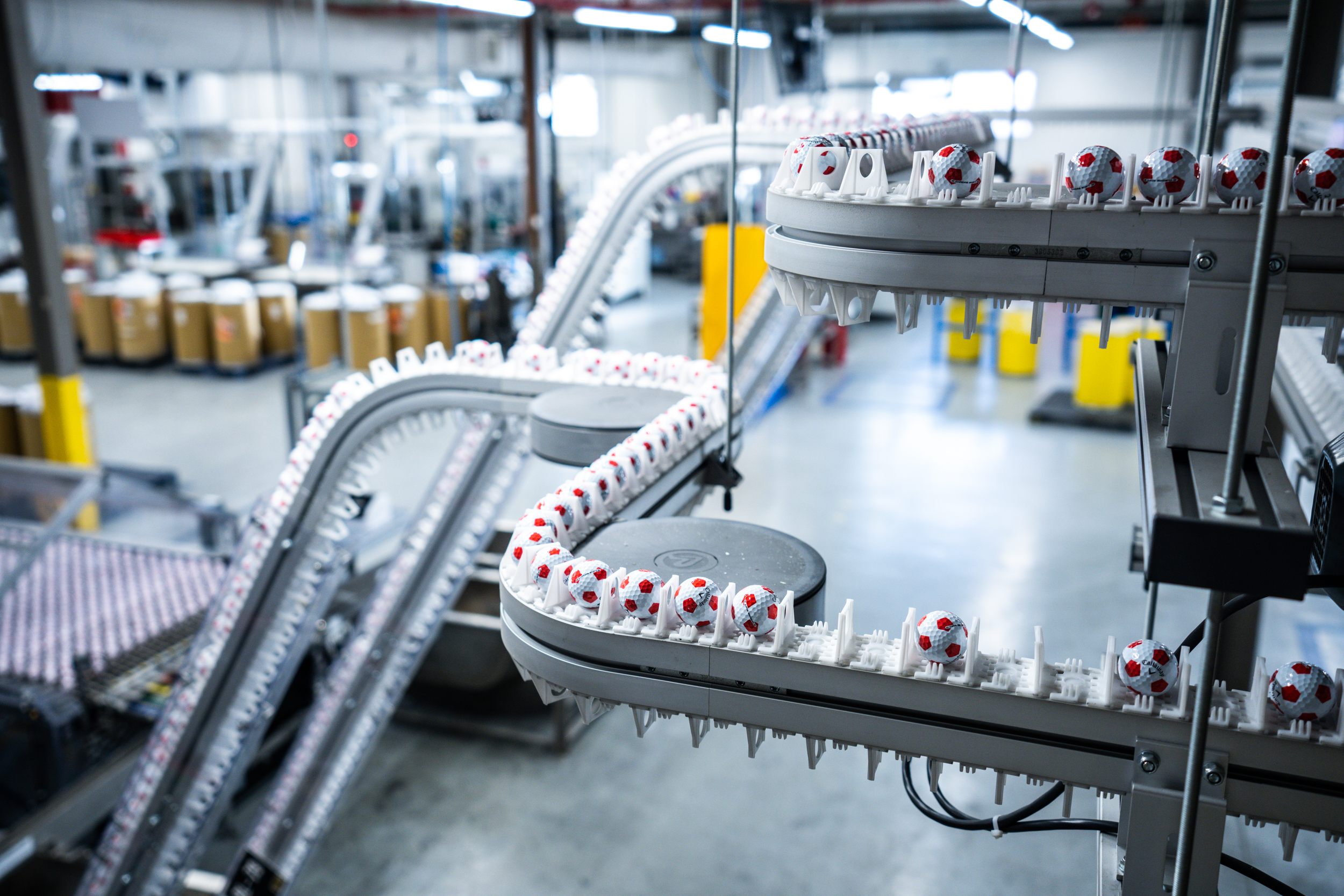




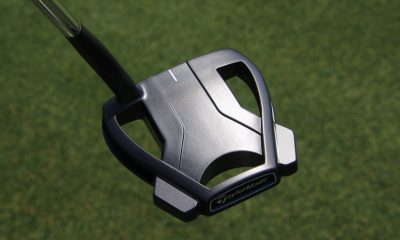

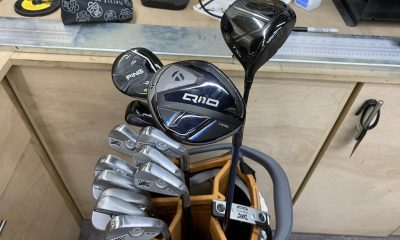



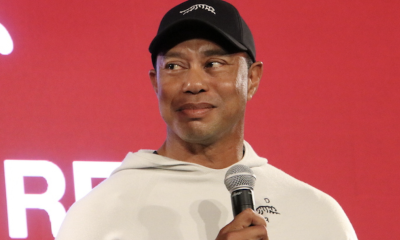

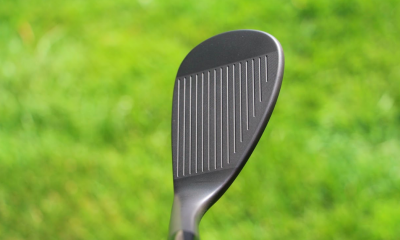

Pingback: Callaway Chrome Soft: Building a better golf ball – GolfWRX
Paul Runyan
Aug 7, 2020 at 12:11 pm
Call -a- way we’re always a little off in QC.
I bought a dozen and the seam was not finished and stuck out about an 1/8 of an inch around the call. I can’t believe those actually made it out the door! Unbelievable!!
joe
Aug 5, 2020 at 11:13 am
your point being?
Dave
Aug 5, 2020 at 10:14 am
I’ve been playing the Chromesoft triple track this season and I absolutely love it. Long off the tee and mid irons and performs extremely well from 140-in.
Reid Thompson
Aug 5, 2020 at 9:58 am
Highest possible level of QC….. hahaha
Boydenit
Aug 5, 2020 at 9:20 am
Is this the same plant that made all those Callaway balls that were “Off”
Hpw
Aug 5, 2020 at 5:55 pm
Yes, troll. It is the same plant. They’ve updated the equipment to make sure of the quality of the product. Did you actually read the articles?
Tigergor
Aug 6, 2020 at 6:35 am
If this promotional advert says so, it must be true!
Then again, go cut open a few balls and see what you find!